Pilates Therapy and Bodyworks

Many people, up to 60% of adults, will likely experience low back pain. Exercise is often recommended to treat and manage low back pain. Fear of reinjury or that movement increases pain or worsens the problem are probably the most common words I hear.
-
Resuming normal activities
-
Keep moving – Stay active
-
Adding some form of physical exercise
All the above are recommended to benefit those with non-specific low back pain. Rest and pain medication are not recommended as they can worsen the problem over time. The less you move, the less you want to move, the more it hurts when you need to move. Your body gets used to doing less (reduced endurance/tolerance), you get weaker (less strong), and you get stiffer (decreased range of movement or tissue elasticity). All of these things can make your pain seem worse when you move.

An acute episode of back pain will usually resolve over a few days to a couple of weeks, with or without intervention.
Track your pain and symptoms. Keep a note in your diary. How you feel when you get up, what the weather is like, your exercise (time, intensity, activity), your active daily living (washing, time spent sitting, driving, etc.), your mood.
You should keep more detailed notes of an exercise session. Note each exercise, how many repetitions, and your range of movement.
So, how do you decide what is right for you? There is no definitive answer; you are an individual, and back pain is individual. You may have another condition you are managing. Your back pain may be related to somewhere else in your body, like the pelvic floor or poor breathing.
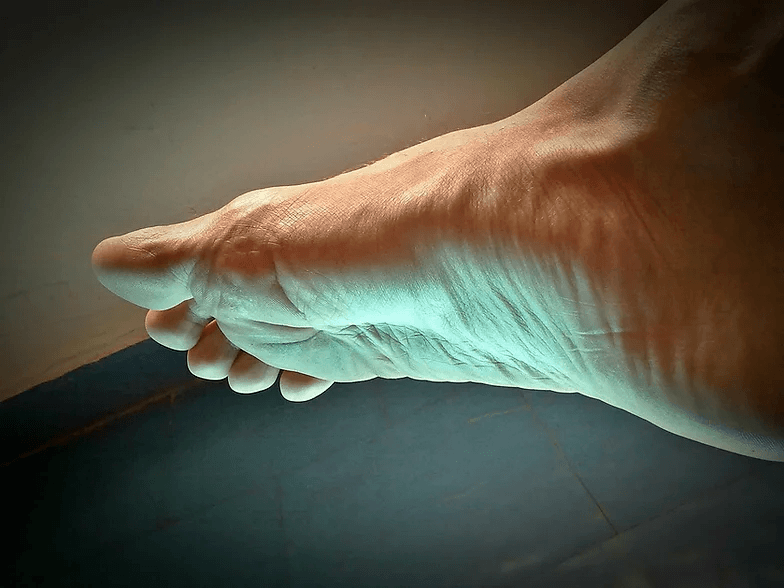
I have even had a patient referred for Pilates to help with low back pain. On further investigation, this client had had foot surgery; during an assessment, we found that reduced movement in the foot and ankle had led to altered movement patterns. I used manual therapy to treat the foot and ankle and relieve the painful back alongside Pilates to help restore movement and function and increase strength and endurance.
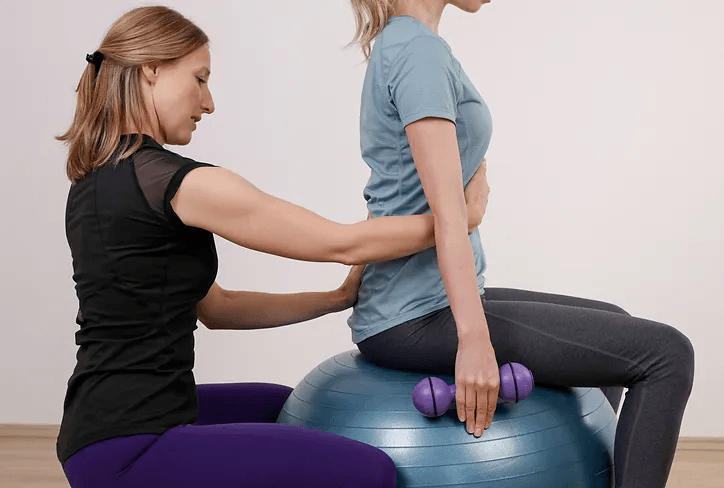
There is no evidence to show that one form of exercise is superior. In recent research, Pilates has been effective in a rehabilitation programme over the last five years, primarily when guided by an instructor educated in back pain. Pilates has been found to reduce pain and disability.
Mix up what you do: Strengthening, stretching and some form of aerobic exercise at least twice a week could help prevent an episode of low back pain. If you always do Pilates, try a Yoga session. If you only do Yoga, ask yourself why and if you are improving whole body health and not just one part of it. Adding a circuit session or dance session will not only improve your coordination and lift your spirits, it will enable you to put into practice what we have worked on in Pilates. Try something new. Below is an Ariel Yoga session.
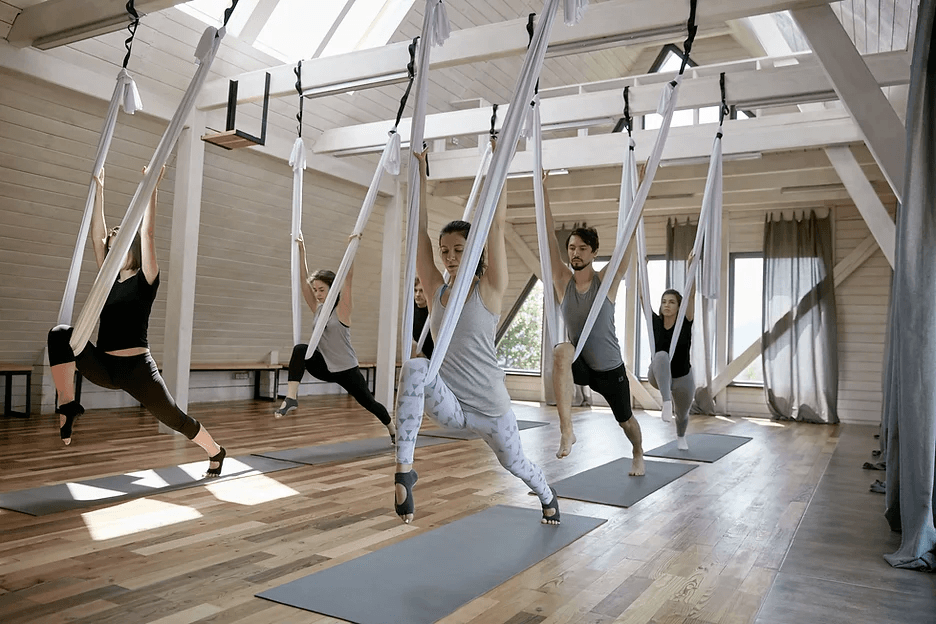
As I said earlier, no evidence shows that one type of exercise is better than another when it comes to improving back pain. If it makes you smile and lifts your mood, you will likely keep it up. Learn to do it well; some individual lessons will pay dividends long-term. Private sessions and treatments let the therapist personalise exercises to your postural concerns or condition. You may need a multi-disciplinary approach with manual and movement therapy. Give agreement for your manual and movement therapist to confer for the best long-term outcome.
Keeping notes of individual exercises or treatments is essential if you are rehabilitating or managing pain or injury. Somebody can tweak a treatment plan or movement progression to help reduce symptoms. These notes are also necessary to monitor if further investigation is needed.
Remember – No movement is terrible. I have already said that movement is good. A particular activity might need to be modified to suit you at a specific time in your journey.
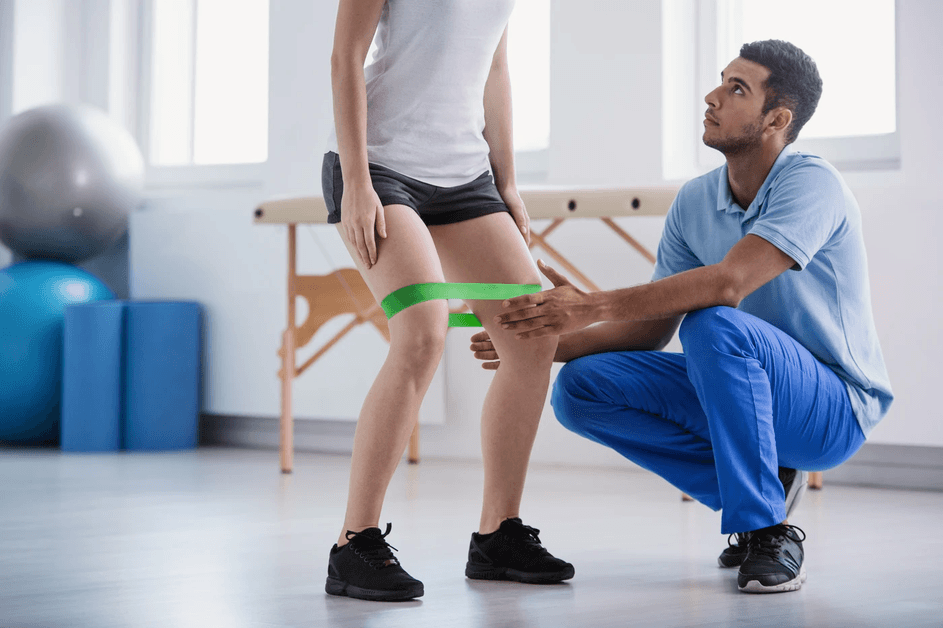
The squat – is so controversial when it comes to back pain and especially sciatica and disc problems. Should I, shouldn’t I? In its most basic form, it teaches good bending and lifting techniques. You are squatting every time you sit on a chair or the toilet! It strengthens your legs. So avoid squatting to a point where it increases your symptoms. Avoid too many repetitions and avoid doing them with weights or resistance until your symptoms and pain reduce and you are performing the movement with good form. So many people I see in the clinic cannot bend at the hips and knees without bending the spine. Your squat might be a small knee bend to learn the technique of moving at the hip and knee and learning to stabilise the spine. You might have to raise the heels from the floor if picking something up. It does not need to look the same as the next person. You are working within your pain levels and movement ease.
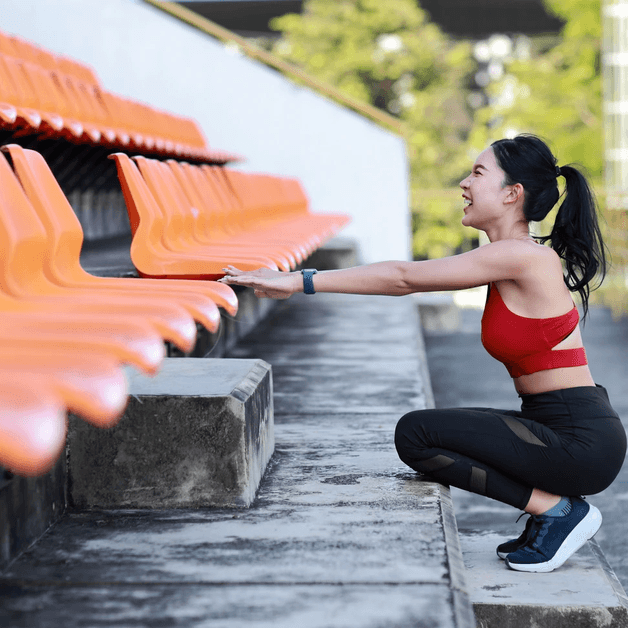
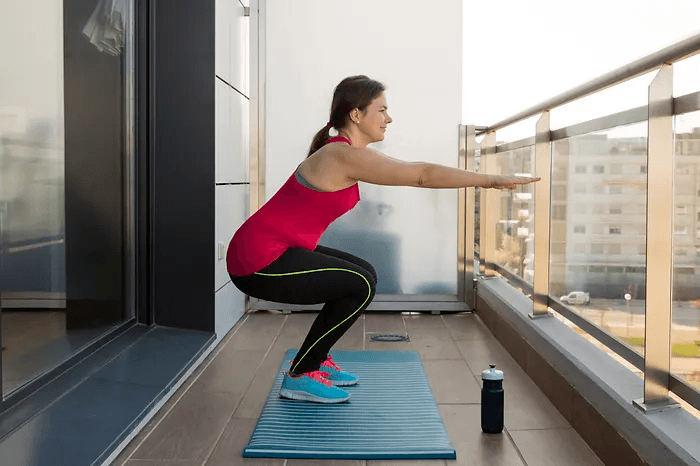
So this four-week course will consist of a different class each day. One lesson will focus on mobility and release, and one will be dedicated to strength. We will have a just-move day, and Thursdays will be whole body tone and bone health. Every morning, there will be a Hypopressive breathing and postural exercise session, and on Wednesday and Thursday, I will run pelvic floor-specific sessions.
I have based this chat around back pain, and you can think of this if you have concerns around your neck, shoulders or knees. Start small, monitor your progress, talk to me, and if you see multiple therapists, ask them to collaborate.
Why not see what happens if you try doing a hypopressive or pelvic floor session either as an addition or a replacement to one class each week for this course?
Try adding a walk to your weekly routine. Ninety days of walking improved the health of people as it improved physical and mental health. Purposeful walking will improve your cardio-respiratory system. It will improve your strength and, over time, your endurance. If you add different surfaces and gradients, you should also improve your balance and bone health. The movement of the pelvis and legs and the swing of the arms creates a rotatory motion that influences the spine and tissues around the torso, which may also help improve any back pain. Oh yes, and for every 2000 steps of brisk walking you do you can reduce your risk by 10% to cancer and cardiovascular disease. Look at what you are doing now and see if you can add another 2000 steps each day and build up the speed you do them over the next month.
For online sessions in this course, you will need a mat, a couple of tins or weights, a resistance band and a soft prickle/massage ball.
I can guide you to move well and facilitate healing. You moving more and moving well will improve your health and well-being, and help heal body and mind.
